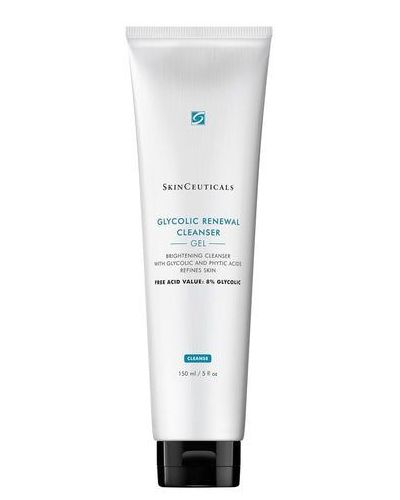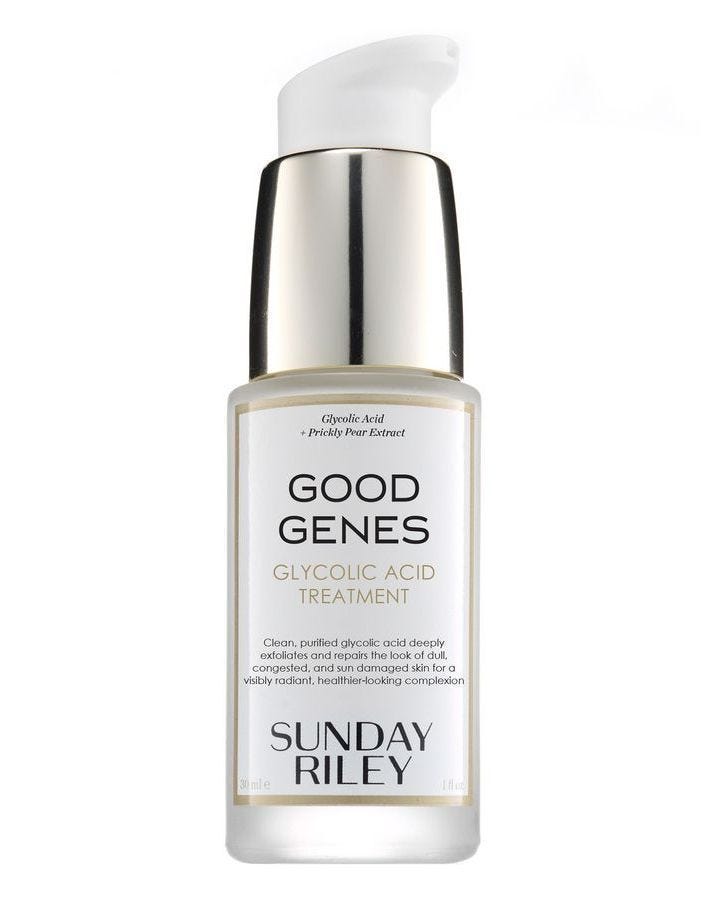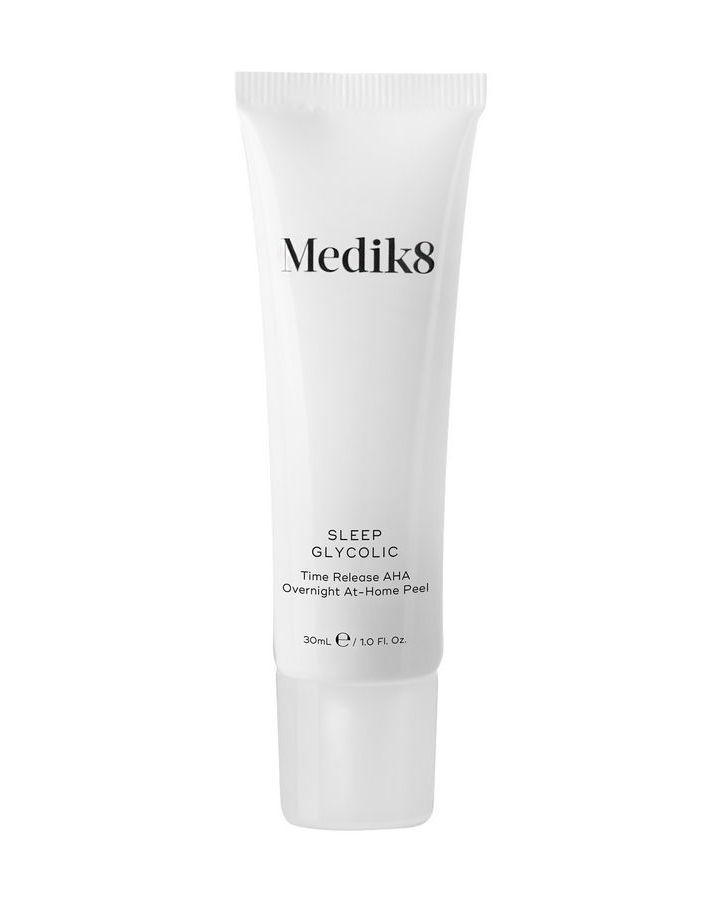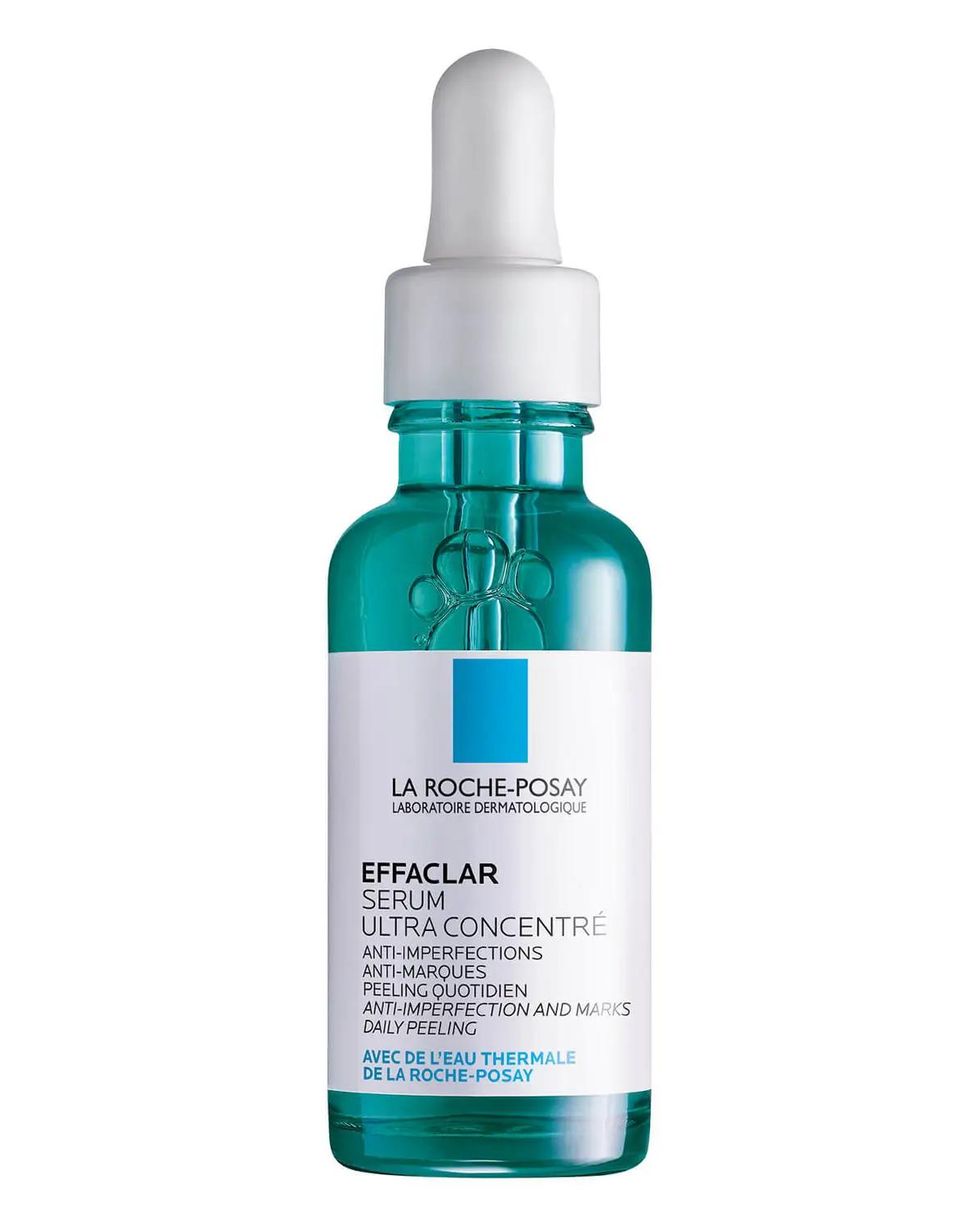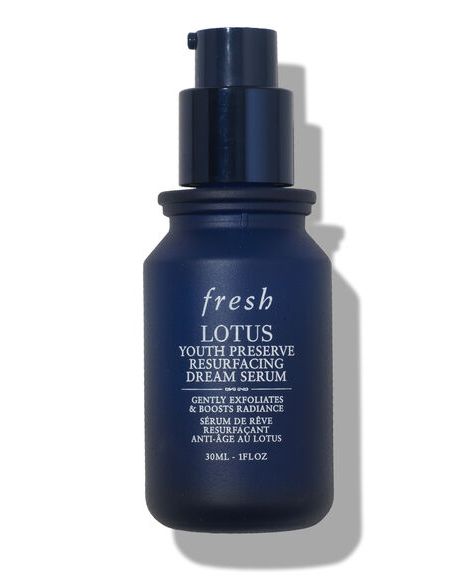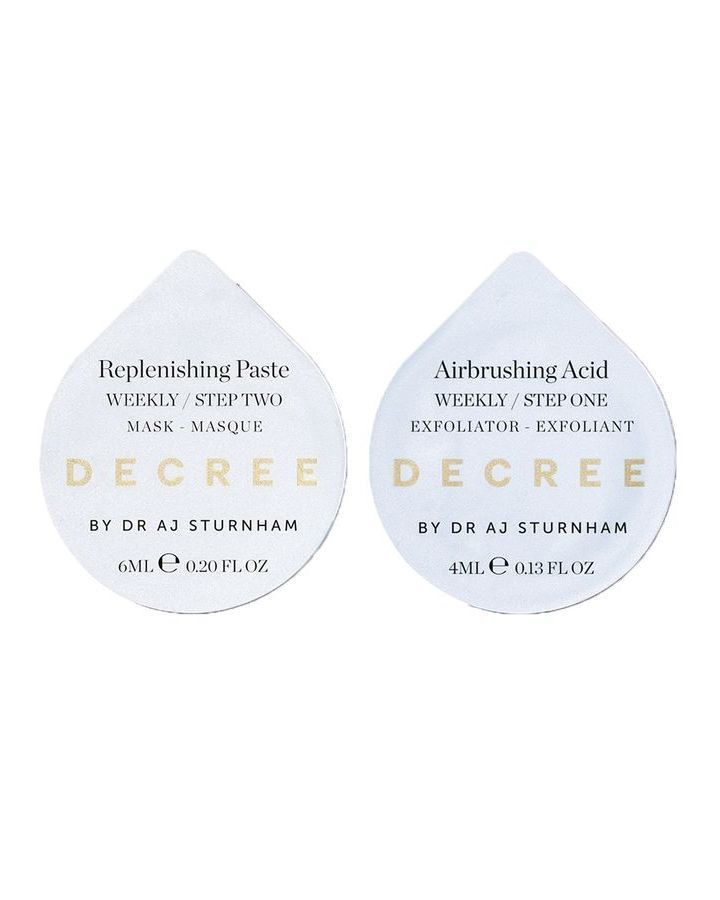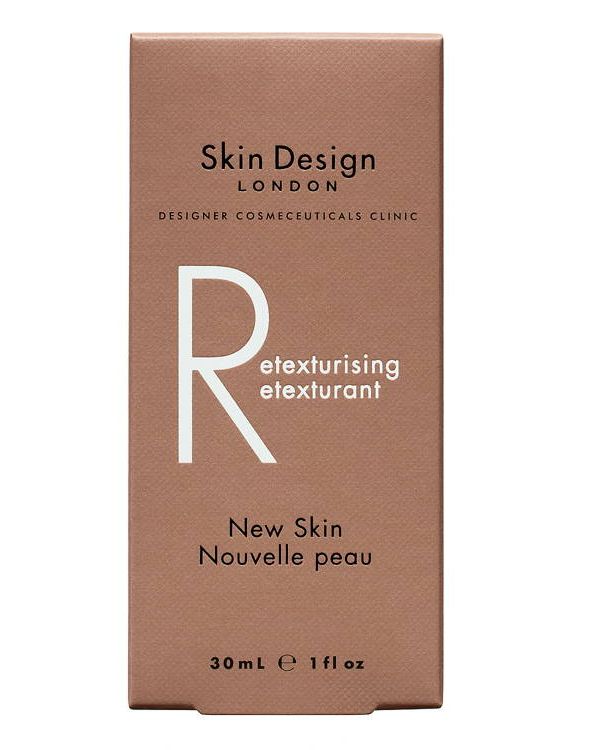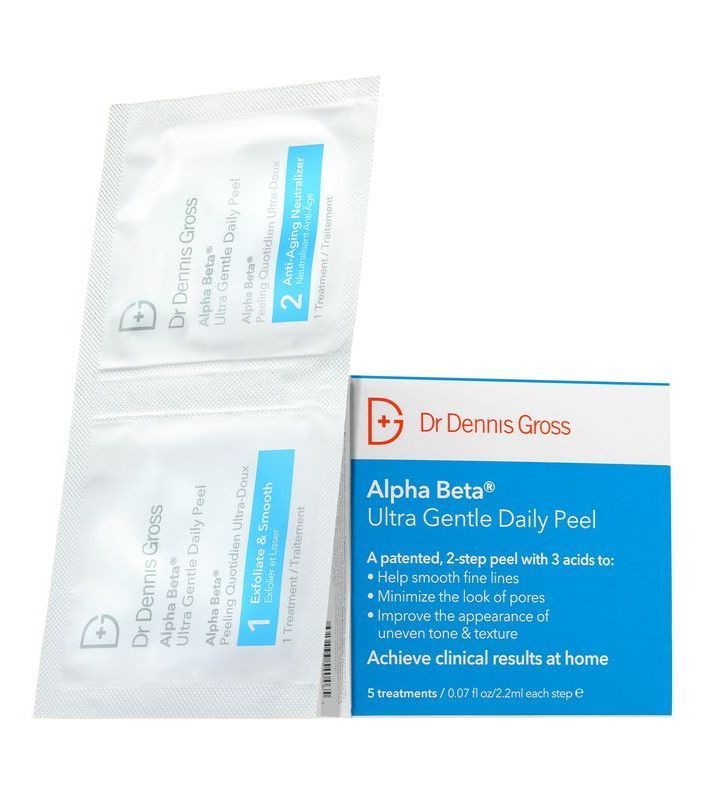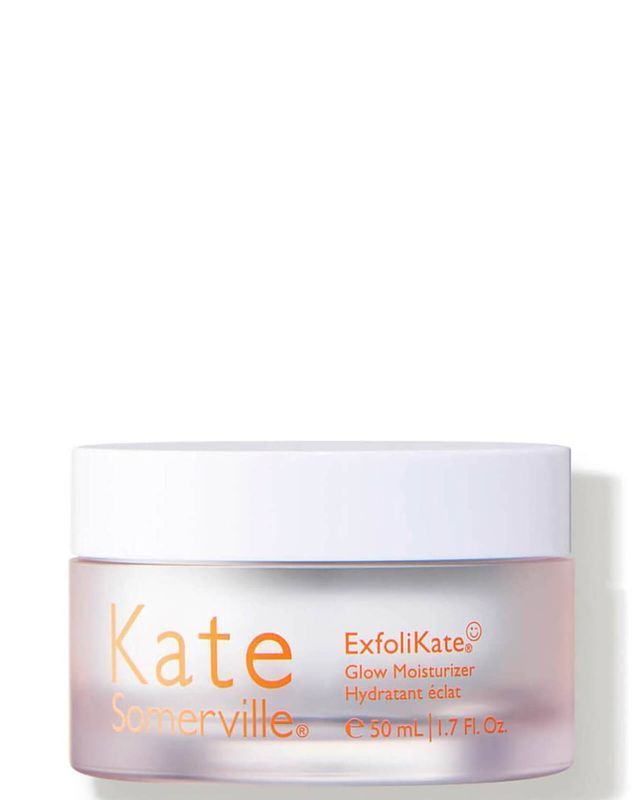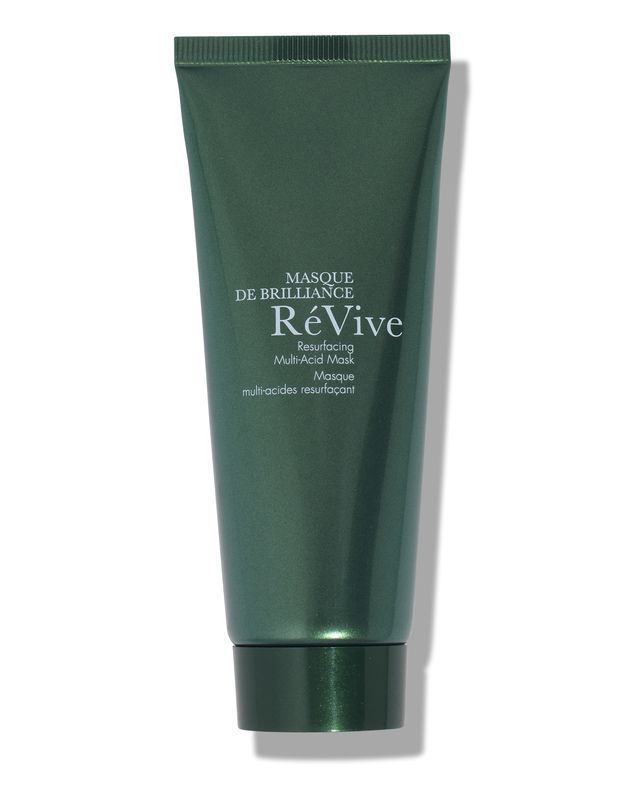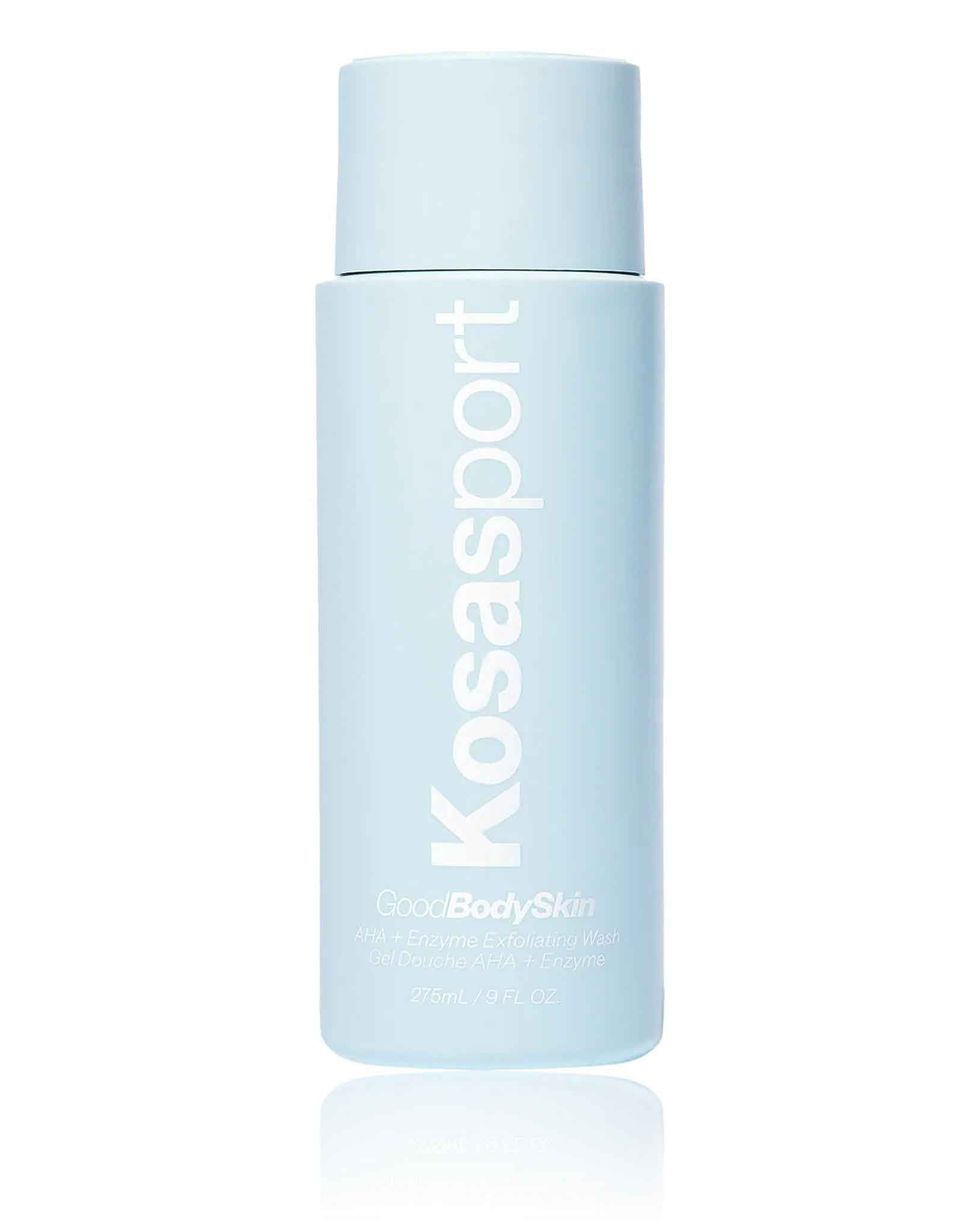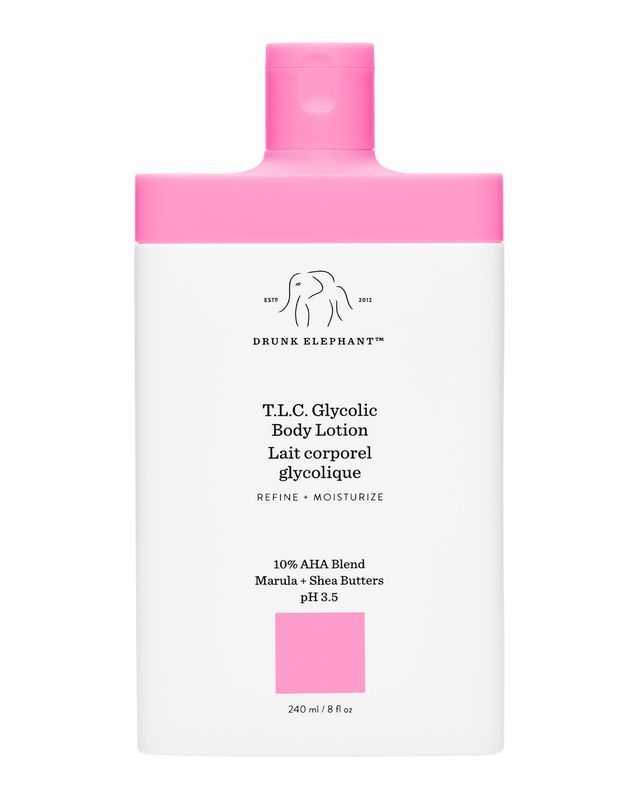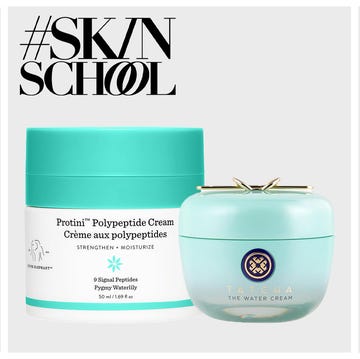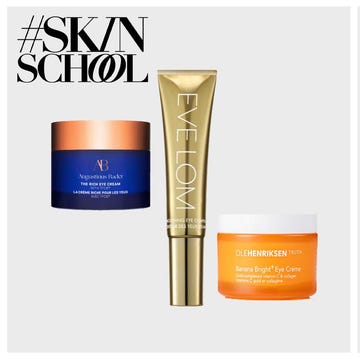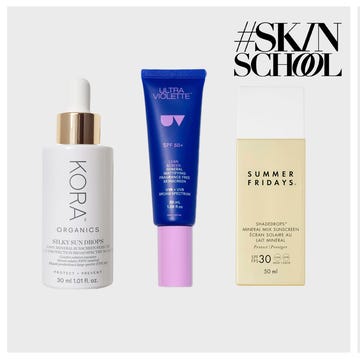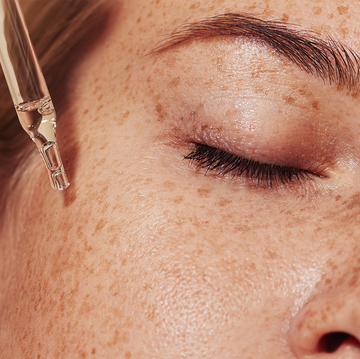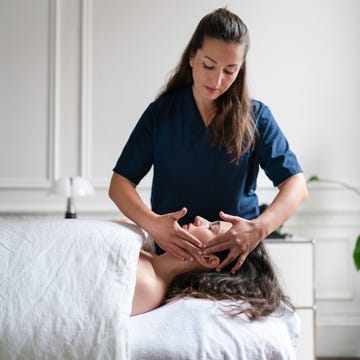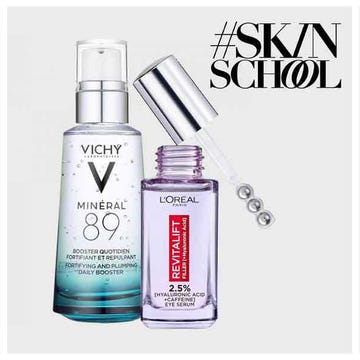We earn a commission for products purchased through some links in this article.
#SkinSchool: The best glycolic acid products, from toners to serums – and exactly how they work
Glycolic acid's brightening benefits are widely extolled, but you must use this active ingredient correctly. Here, the experts dig into the fine details
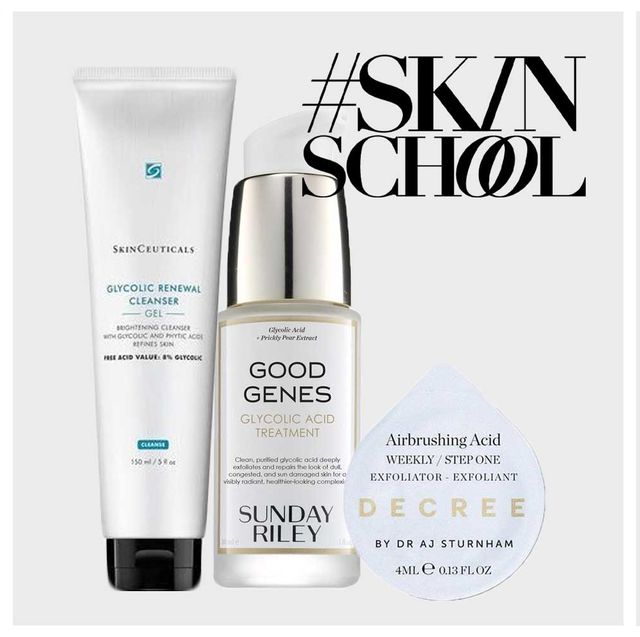
Take a glance at the bottles on your skincare shelf: chances are, at least one of them contains glycolic acid. Perhaps several do.
Skincare harnessing this active ingredient has boomed in recent years, with demand for brighter, clearer complexions leading brands to funnel a dose of glycolic into everything from face washes to serums. But, as with all things in skincare, more doesn't always mean better. While the exfoliating, brightening, pigment-fading powers of this hard-working resurfacing compound are indeed formidable, incorrect or overzealous use of glycolic acid can wreak havoc with your skin barrier.
Here, the experts break down everything you should know about glycolic acid.
What is glycolic acid?
“Glycolic acid is a chemical exfoliating ingredient derived from sugar cane,” explains Dr. Anita Sturnham, a GP specialising in dermatology and founder of skincare line Decree. "It is part of the alpha hydroxy acid (AHA) family, which also includes other well-known ingredients, such as lactic acid.”
Glycolic acid has the smallest molecules of all AHAs, enabling it to effectively penetrate the upper layers of the skin. This, however, means more sensitive types may find its resurfacing effects harder to tolerate.
Best glycolic acid products: the Bazaar top five
- The cleanser: Skinceuticals Glycolic Renewal Cleanser, £45
- The serum: Sunday Riley Good Genes Glycolic Acid Treatment, £70
- The toner: Alpha-H Liquid Gold, £43
- The at-home peel: Medik8 Sleep Glycolic, £38
- The acne treatment: La Roche-Posay Effaclar Serum, £31.20
What does glycolic acid do?
Glycolic acid, like other AHAs, acts on the surface layer of the skin, loosening and dissolving the ‘cement’ between dead cells. It therefore gently resurfaces skin without the need for scrubbing. This is why acid-based products are often referred to as ‘chemical exfoliators’, in contrast to traditional, grit-based ‘physical exfoliators’, which are now largely regarded as the inferior option due to their often abrasive nature.
“AHAs are water soluble, so they work well on the superficial skin layers, which we call the epidermis,” explains Dr. Sturnham. “Glycolic acid has been shown in studies to have dermal influence, boosting collagen-remodelling cells (which helps to reduce the appearance of fine lines and wrinkles), and melanocyte-stabilising properties, meaning it works well for pigmentation, too. It’s a versatile multi-tasker.”
As they get to work, you often feel a tingle in the skin, which is when the desmosome (the glue-like substance which holds old skin cells together) is broken down. "The skin then naturally sheds its old, dead skin cells. So, although you won’t actually see your skin exfoliating, you’ll soon see and feel the smoother textured, more radiant-looking skin."
How much glycolic acid is too much?
Where skincare acids were once approached with caution – especially outside of the confines of a clinic – many of us are now happy to experiment with different acid-based products. But despite the shelves being stuffed with various chemical exfoliators, from toners to serums and creams, good results only come from educated use.
According to Dr. Sturnham, the trend for ‘over-exfoliation’ is a big issue. “Many of the skin conditions that I see and treat in the clinic are self-inflicted because of this. So many people are obliterating their skin barriers with exfoliating cleansers, followed by exfoliating acid toners, acid serums, grains and scrubs in an attempt to create flawless tone and texture, but sadly this type of product strategy tends to make skin worse,” she warns.
In the EU, the amount of ‘active acid’ permissible in a home-use product is 10 per cent. “Anything claiming to have higher levels is likely to be buffered with an alkaline agent, which is quite misleading. Sometimes these are buffered to a level that leaves hardly any active acid at all,” says Dr. Sturnham. “Other skin-stimulating ingredients are added instead, such as menthol or peppermint, to make the skin tingle, so you feel like you are getting an acid exfoliation. Ten per cent is still a punchy dose, so you only need to do a deep-working acid treatment once a week.”
The skincare industry has clearly picked up on our ill-advised appetite for super-strength exfoliators, with countless glycolic-based products promising mega concentrations, with the implication that this will lead to equally mega results. However, when finding the best glycolic acid product for your skin, it’s not purely about the percentage of acid inside.
As Dr. Sturnham explains, the pH of the finished product plays just as important a role in determining its strength. “In terms of choosing your acid dose for your weekly treatment, the higher the concentration of acid and the lower the pH, the faster the keratolytic effect – meaning that the desmosome glue will break down quicker, speeding up shedding of old dead skin.”
To make matters more complex, another important factor is the Pka of the product, which the majority of brands don’t declare. “Pka is more specific and tells you the PH that the molecule needs to be to accept or donate a proton. The lower the Pka, the stronger the acid. I expect we will see this measurement included on products more and more over time.”
If this all sounds rather too much like a science lesson for your liking, know that all you really need is common sense: if a product stings or hurts, it's probably not doing your skin much good. An ephemeral tingling or slight flushing is likely fine, but pain is a sign something is wrong. Similarly, employ restraint, using your glycolic product sparingly, and you'll likely see excellent results.
How to use glycolic acid correctly
So the message is clear: when it comes to using glycolic acid products at home, less is more. Dr. Sturnham recommends using a gentle, low dose of exfoliating acid every evening; she suggests an AHA cleanser, although a glycolic acid toner also works well. If you prefer a more active treatment, such as a mask or pad, restrict it to once weekly.
What’s more, if you’re opting for a high-strength glycolic acid product, it’s crucial to replenish the skin after exfoliation. “I believe that no strong exfoliation of the skin should be performed without an accompanying mask that puts back conditioning actives into the skin,” says Dr. Sturnham, whose own Weekly Decree treatment comprises an exfoliating fruit-acid gel as well as a lipid-rich replenishing cream.
Finally, a leave-on serum can be a great way to reap the benefits of glycolic acid. Many can be used nightly, but if you're new to resurfacing products or have sensitive skin, it pays to start slow. Try incorporating your chosen product into your routine once a week to monitor how your skin reacts, and always use an SPF in the daytime (as acids can increase skin sensitivity to sunlight).
Here, see the glycolic acid products the Bazaar team trusts, from a cult toner to pro-level peels for dark spots.
The best glycolic acid products to try now


